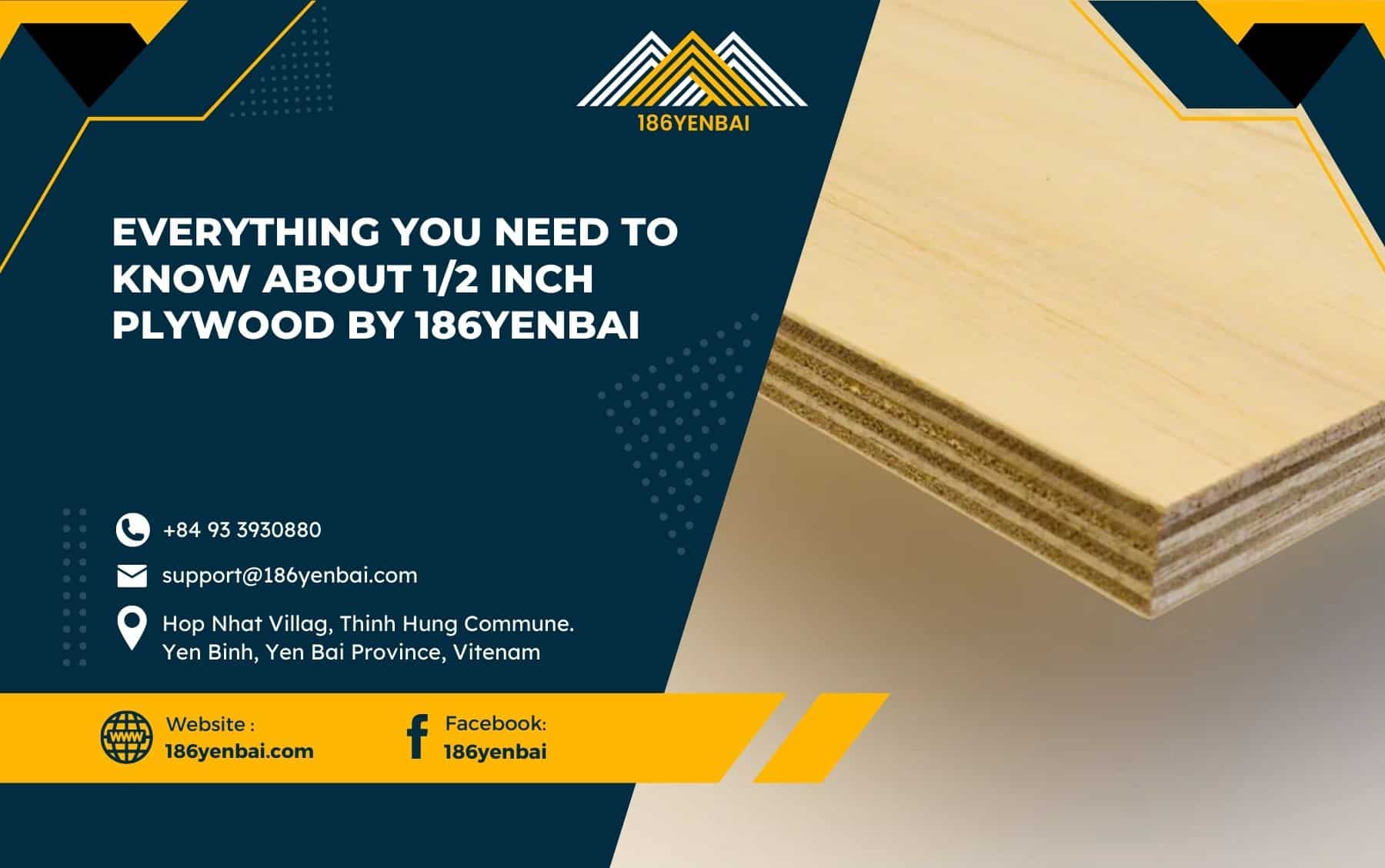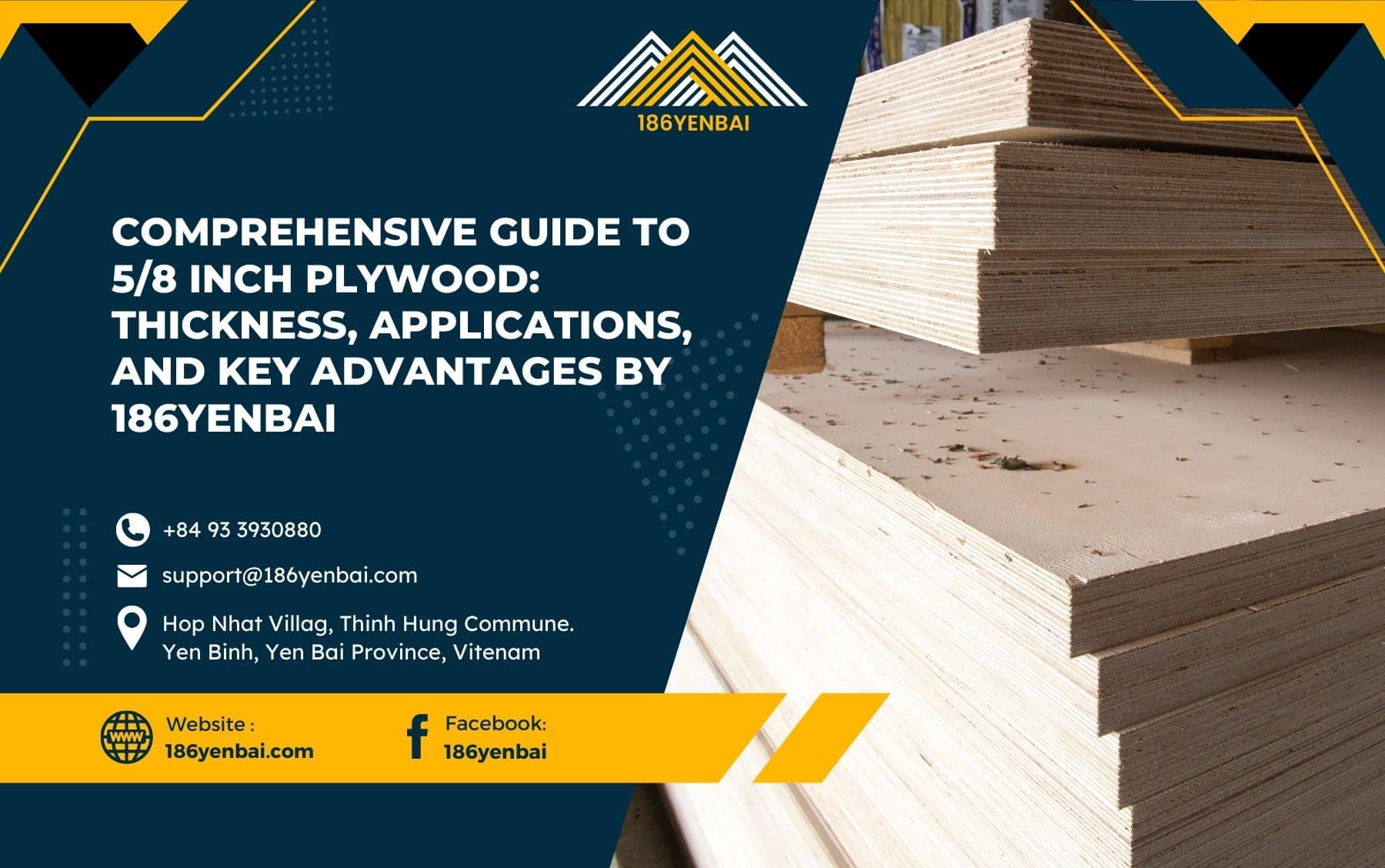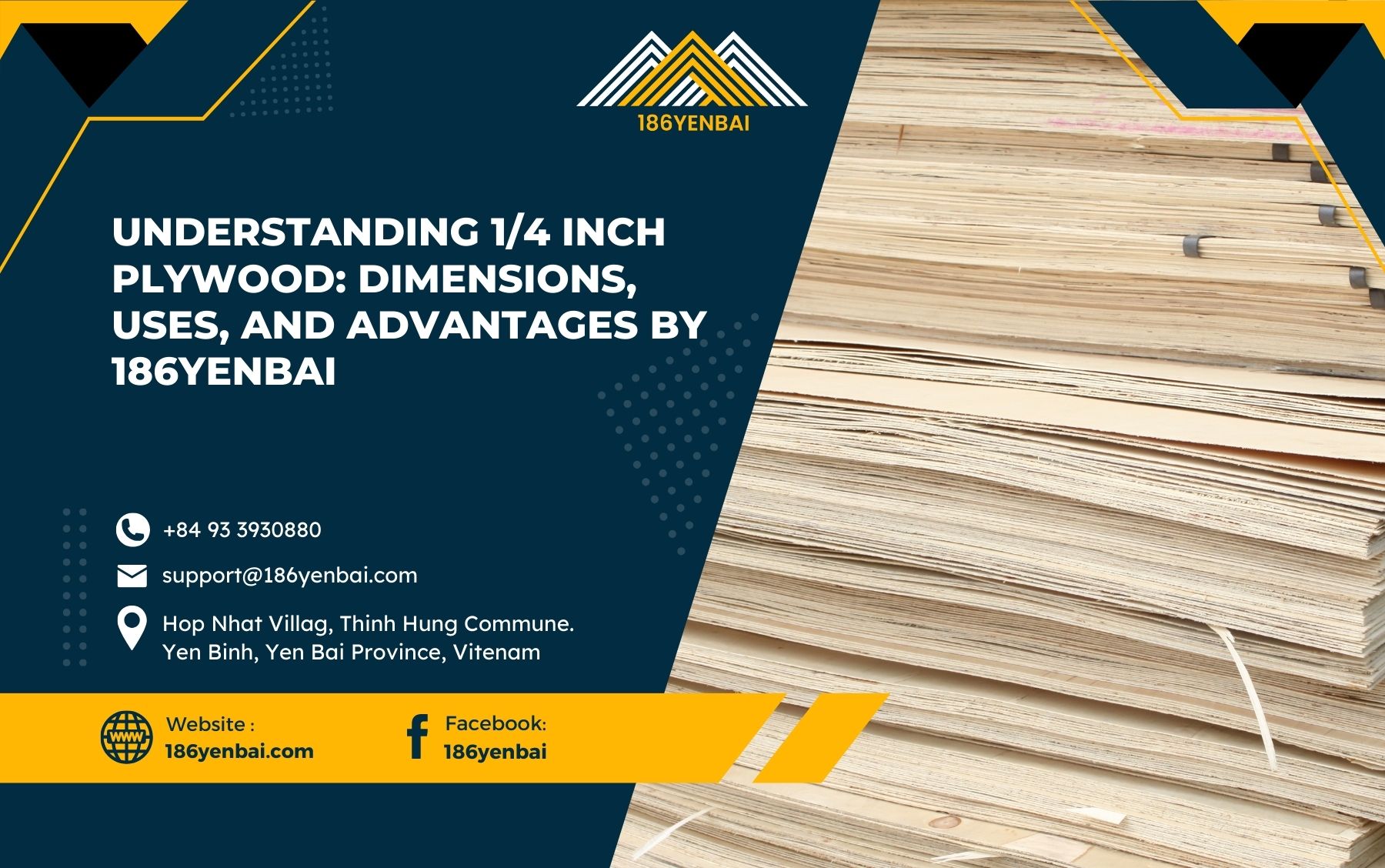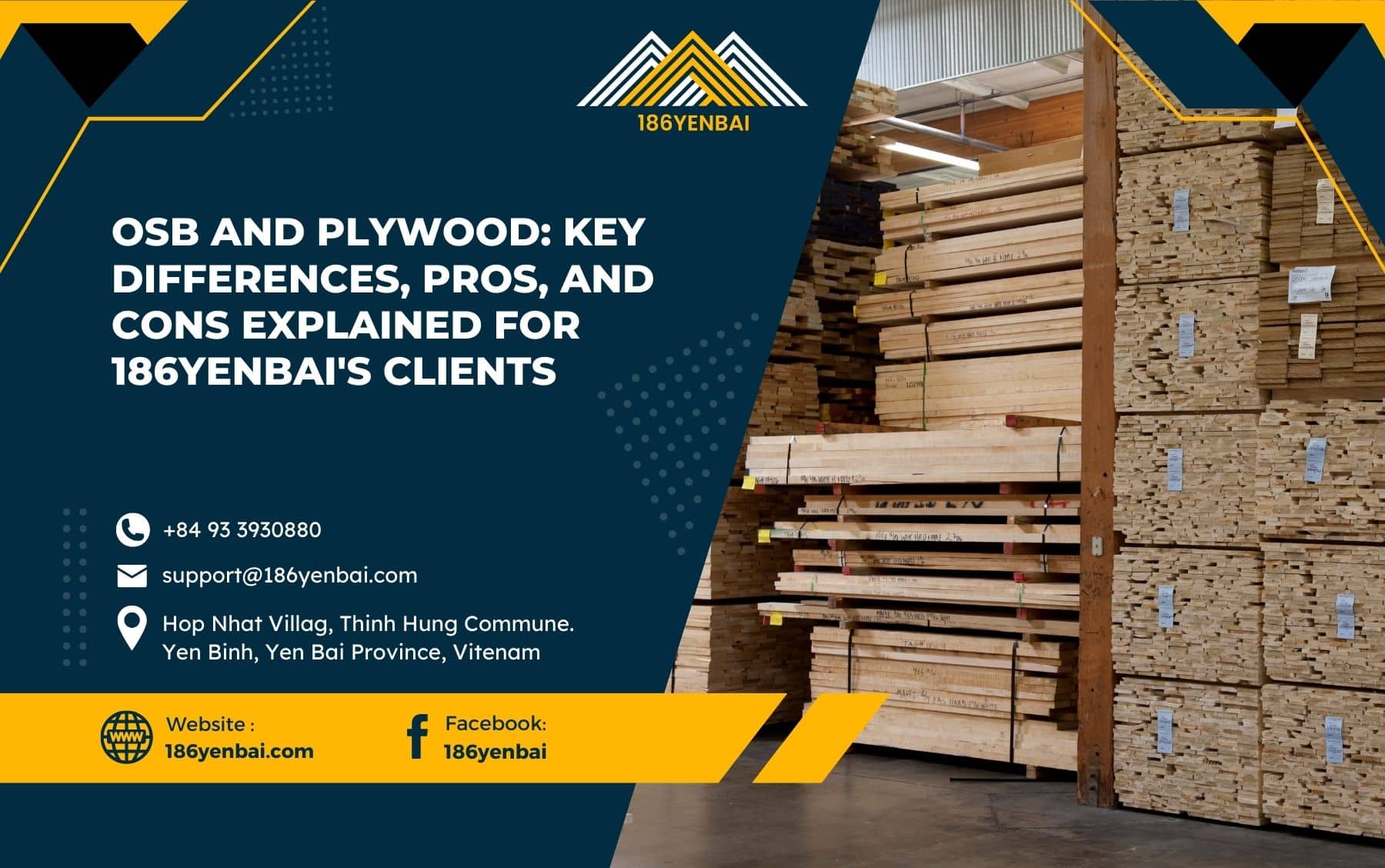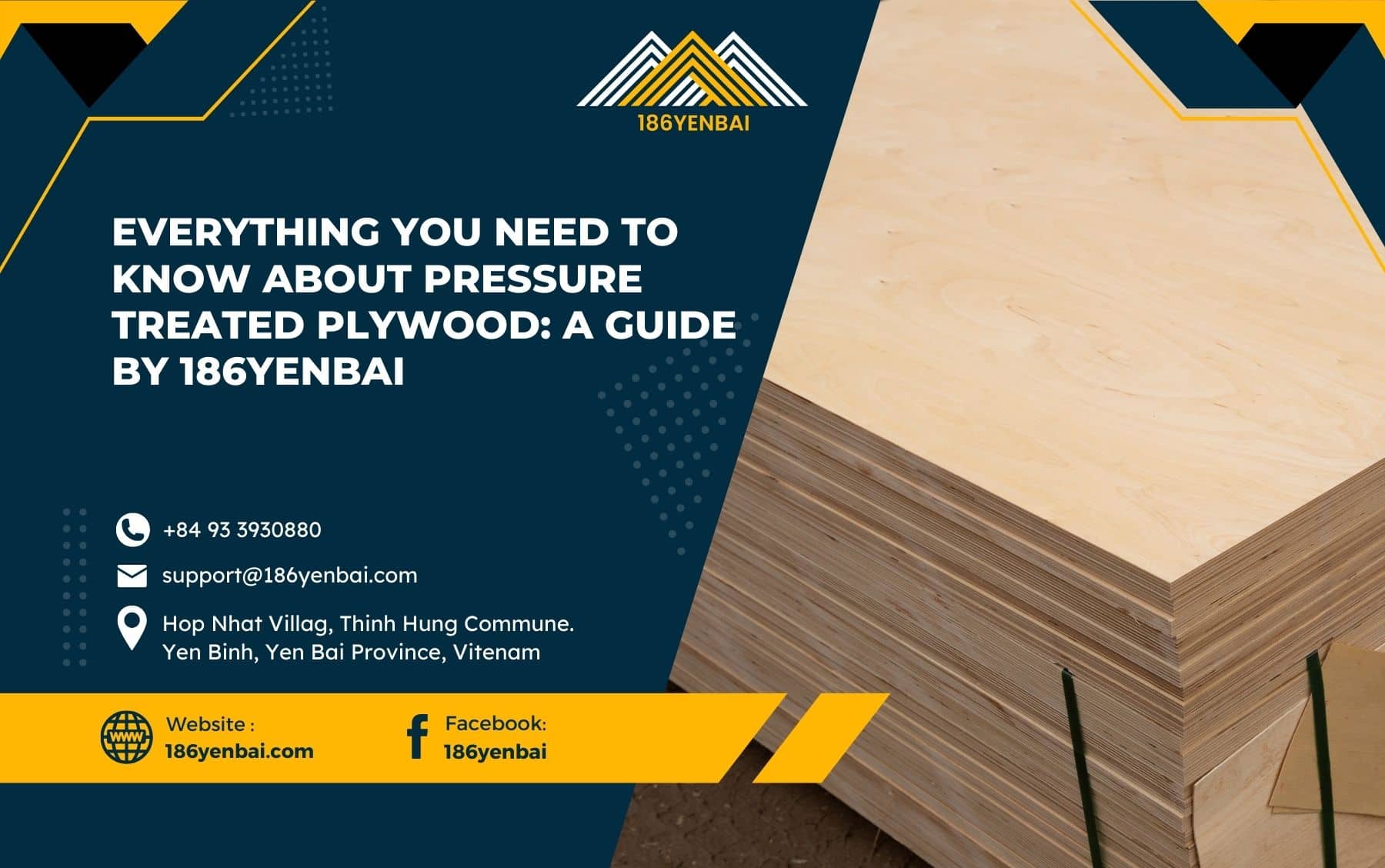When it comes to selecting the right plywood thickness for various projects, 1/4 inch plywood is a versatile choice that combines strength with lightweight properties. While it’s commonly used for non-structural applications, it has a wide range of uses in construction, furniture making, crafts, and interior decor. In this comprehensive guide, we’ll explore the characteristics of 1/4 inch plywood, including its actual dimensions, ideal applications, cutting tips, and how it compares to other plywood options.
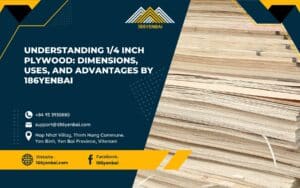
Table of Contents
ToggleWhat Exactly Is 1/4 Inch Plywood?
1/4 inch plywood is a type of thin plywood panel made by pressing together multiple layers of wood veneer, creating a stable and lightweight material. Though often referred to by its nominal thickness of “1/4 inch,” the actual thickness of these panels can differ slightly due to the production process.
Typically, a 1/4 inch plywood sheet measures around 0.225 inches in thickness, with full dimensions of:
- Thickness: Approximately 0.225 inches
- Width: 48 inches (4 feet)
- Length: 96 inches (8 feet)
These lightweight and manageable dimensions make 1/4 inch plywood an excellent option for a variety of projects that don’t require heavy structural support.
Related Articles: Standard Plywood Sizes and Their Applications | Choosing the Right Plywood Thickness for Flooring
Practical Applications of 1/4 Inch Plywood
Due to its lightweight nature and ease of handling, 1/4 inch plywood is widely used in both construction and crafts. Here are some common applications:
- Cabinet Backing: It provides stability and support for cabinets without adding excessive weight.
- Drawer Bottoms: 1/4 inch plywood works well as a bottom panel for drawers, supporting light to moderate loads.
- Craft Projects: Popular for DIY projects such as picture frames, decorative items, and model making due to its thin and flexible properties.
- Wall Paneling: Suitable for interior wall paneling to add texture and depth, often enhancing the aesthetic appeal of spaces.
- Furniture Back Panels: Often used as the backing for bookshelves, entertainment centers, and other furniture pieces.
- Underlayment for Flooring: Used as an underlayment for materials like vinyl and laminate, providing a smooth, stable base.
- Signage and Decorative Boards: The smooth surface of 1/4 inch plywood is ideal for painting or creating custom signage.
- Temporary Partitions: Frequently used in exhibitions or temporary partitions in offices due to its portability.

How Strong Is 1/4 Inch Plywood?
While 1/4 inch plywood isn’t suited for high-load applications, it offers sufficient durability for light and decorative uses. For example:
- A 1/4 inch plywood sheet measuring 12 x 36 inches can support around 5 pounds per square foot.
- In comparison, a thicker 3/4 inch plywood sheet of the same dimensions can support up to 50 pounds per square foot.
For non-structural projects, 1/4 inch plywood is an ideal choice, offering enough strength for various interior applications without being overly heavy.
Actual vs. Nominal Thickness: How Thick Is 1/4 Inch Plywood?
Plywood is often labeled by its nominal thickness (e.g., 1/4 inch, 1/2 inch, 3/4 inch), which can differ from the actual thickness. A 1/4 inch plywood sheet typically measures closer to 7/32 inches. For accurate measurements, using a caliper is recommended, especially in projects that require precise sizing, like cabinetry or flooring underlayment.
Weight of a 4×8 1/4 Inch Plywood Sheet
A 4×8 foot sheet of 1/4 inch plywood usually weighs between 22 and 25 pounds. The exact weight may vary based on the wood species and density. For instance, hardwood plywood may weigh slightly more than softwood plywood.
Cutting and Handling Tips for 1/4 Inch Plywood
Cutting thin plywood can sometimes result in splintering or rough edges. Here are some tips to achieve smooth cuts:
- Use a Circular Saw: A fine-tooth blade on a circular saw is ideal for large, straight cuts.
- Table Saw for Precision: For precise cuts, especially when ripping narrow strips, a table saw offers better stability and control.
- Apply Tape to Prevent Splintering: Placing painter’s tape along the cut line helps prevent splinters on the surface.
- Slow and Steady Cutting: Cutting at a controlled pace reduces the chances of chipping.
- Supporting the Panel: Use a flat surface or sawhorses to prevent the plywood from bending or breaking during cutting.

1/4 Inch Luan Plywood: A Popular Variant
Luan plywood, often confused with regular plywood, is a specific type of lightweight, thin plywood commonly used in furniture and crafts. The actual thickness of a 1/4 inch luan plywood sheet is around 0.22 inches. Luan plywood is typically used for projects like furniture backing, drawer bottoms, and lightweight partitions due to its flexibility and ease of use.
Explore Further: MDF vs. Plywood: Which is Better for Your Project?
Key Comparisons: 1/4 Inch Plywood vs. Other Thicknesses
1/4 Inch vs. 1/2 Inch Plywood
- Weight and Thickness: 1/4 inch plywood is lighter and more flexible, making it ideal for lightweight applications. In contrast, 1/2 inch plywood is stronger and better suited for semi-structural projects like shelving.
- Applications: 1/4 inch plywood is preferred for decorative or non-load-bearing uses, while 1/2 inch plywood is often used for furniture and wall paneling.
1/4 Inch vs. 3/4 Inch Plywood
- Weight Support: 3/4 inch plywood can support significantly more weight and withstand higher levels of stress, making it suitable for flooring, cabinetry, and countertops.
- Project Scope: 1/4 inch plywood is ideal for projects requiring flexibility and minimal weight, whereas 3/4 inch plywood is favored for projects demanding stability and durability.
Related Article: Choosing the Right Plywood Thickness for Your Project
FAQs on 1/4 Inch Plywood
Can 1/4 Inch Plywood Be Used for Ceilings?

Yes, 1/4 inch plywood can be used for ceiling applications, particularly for decorative purposes. It is often applied over existing surfaces to cover cracks or damaged areas. However, it’s essential to verify local building codes to ensure compliance.
Is 1/4 Inch Plywood Suitable for Underlayment?
1/4 inch plywood is a popular choice for underlayment beneath vinyl, laminate, or tile flooring. It creates a smooth, even base, preventing imperfections from appearing on the finished floor surface.
Can You Paint or Stain 1/4 Inch Plywood?
Absolutely. 1/4 inch plywood’s smooth surface is ideal for painting or staining, making it a great option for decorative or furniture projects where a polished finish is desired.
Final Thoughts on Choosing 1/4 Inch Plywood
1/4 inch plywood is a highly versatile and lightweight material suitable for a wide range of non-structural applications, from craft projects to interior decor. While it may not support heavy loads, its ease of handling, smooth surface, and flexibility make it an invaluable choice for many indoor and decorative uses. Whether you’re working on furniture, cabinetry, or custom DIY crafts, 1/4 inch plywood offers both functionality and aesthetic appeal.
At 186Yenbai, we offer top-quality plywood options for all your project needs. Our experts can guide you in selecting the best type and thickness of plywood, whether you’re looking for durability, aesthetic appeal, or ease of use. Contact us today or visit our website to explore our extensive range of plywood products.
For more information or inquiries about our high-quality plywood products, contact us at 186yenbai today to discuss how we can support your next construction or renovation project. Plywood Supplier
Phone: +84 93 3930880
Email: [email protected]
Facebook: https://www.facebook.com
Address: Hop Nhat Village, Thinh Hung Commune, Yen Binh, Yen Bai Province, Vietnam
Check out our other articles below:
Why High-Quality Plywood is the Ultimate Choice for Global Markets
High-Quality Plywood vs. Low-Quality Plywood: What’s the Difference?
5 Reasons Why High-Quality Plywood is the Best Choice for Home Renovations

